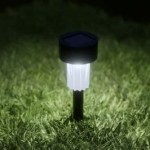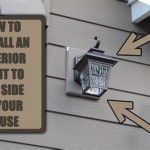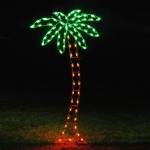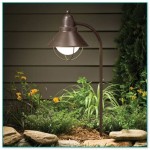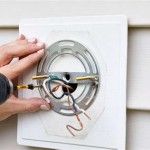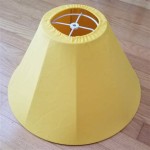How to Create an Eye-Catching Low Voltage Outdoor Lighting System
Low voltage outdoor lighting is an excellent way to add ambiance and safety to your outdoor space. It's also a cost-effective and energy-efficient option. Here are the essential aspects of how to plan and install a low voltage outdoor lighting system:
Planning Your System
Before you start installing any lights, it's important to plan your system. This will help you determine the number of lights you need, the type of lights you want, and the placement of the lights. Here are a few things to consider when planning your system:
- The size of your outdoor space
- The purpose of the lighting (e.g., security, ambiance, or task lighting)
- The style of your outdoor décor
- The location of trees, shrubs, and other obstacles
Choosing the Right Lights
There are many different types of low voltage outdoor lights available on the market. Here are some of the most popular types:
- Path lights: These lights are ideal for illuminating walkways and driveways. They come in a variety of styles and can be placed either flush with the ground or on short posts.
- Spotlights: These lights can be used to highlight specific areas of your outdoor space, such as trees, shrubs, or sculptures. They come in a variety of beam widths and can be adjusted to point in any direction.
- Floodlights: These lights provide a wide beam of light that can be used to illuminate larger areas, such as patios or decks. They can be mounted on walls or on the ground.
- Pendant lights: These lights hang from a cord and can be used to create a more intimate atmosphere in outdoor seating areas. They come in a variety of styles and can be used to add a touch of elegance to your outdoor space.
Installing the Lights
Once you have chosen the right lights, it's time to install them. Here are some general steps for installing low voltage outdoor lighting:
- Dig a trench for the wiring. The trench should be at least 6 inches deep and 6 inches wide.
- Place the lights in the desired location. The lights should be spaced evenly and should be placed at a depth that will allow them to be level with the ground or slightly above it.
- Connect the lights to the wiring. Use waterproof connectors to ensure that the connections are secure.
- Backfill the trench with soil. The soil should be tamped down firmly around the wires and lights.
Maintaining the System
Once your low voltage outdoor lighting system is installed, it's important to maintain it properly. Here are a few tips for maintaining your system:
- Inspect the lights regularly for any damage. Make sure that the bulbs are not burned out and that the wires are not frayed or damaged.
- Clean the lights periodically. Use a damp cloth to wipe down the lights and remove any dirt or debris.
- Check the transformer regularly to ensure that it is working properly. The transformer is the device that converts the high voltage electricity from your home's electrical system to the low voltage electricity that is used by the lights.

How To Install Low Voltage Outdoor Landscape Lighting 1000bulbs Blog

Planning Your Low Voltage Outdoor Landscape Lighting 1000bulbs Blog

How To Install Low Voltage Landscape Lighting System World Leader In Cables

What Is Low Voltage Landscape Lighting Mll Blog

Low Voltage Lighting Info Tips Destination Flip The Switch

Low Voltage Outdoor Lighting Paradise Red Landscaping

3 Must Haves For Installing Low Voltage Landscape Lighting Ideas Advice Lamps Plus

Tips For Designing The Perfect Outdoor Lighting

Line Voltage And Low Landscape Lighting Ideas

Low Voltage Lighting Chesapeake Landscapes
